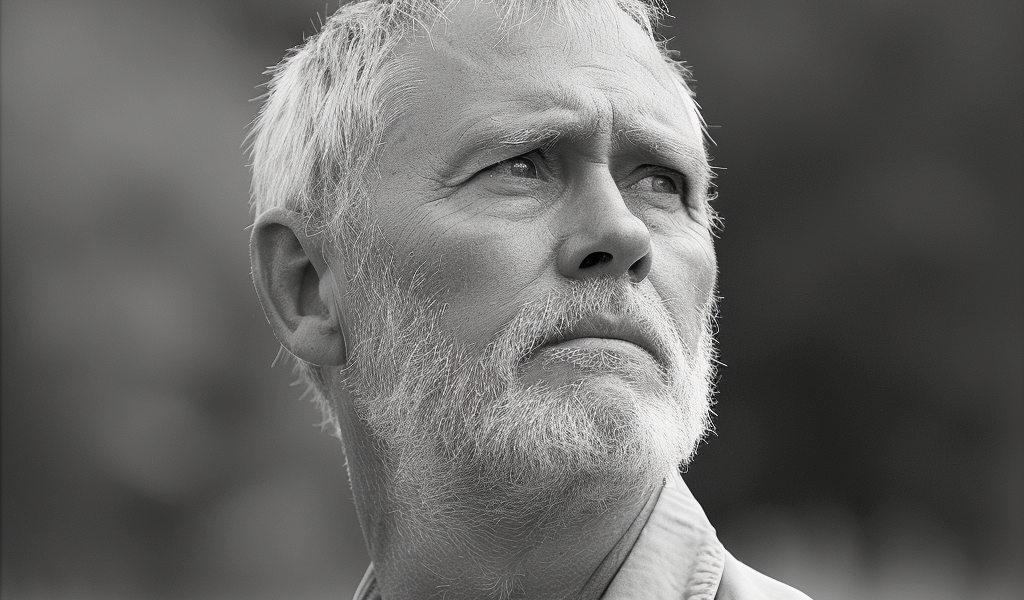As men age, they undergo significant hormonal changes, particularly in their testosterone levels. The decline in testosterone can have a profound impact on sexual function and physical traits. Testosterone, a hormone vital for the development of male sexual characteristics, naturally increases during puberty and peaks around the age of 30. However, after reaching this peak, testosterone levels may start to decrease at a rate of about 1% per year, leading to a potential 50% reduction by the age of 70.
Male menopause, or andropause, is a reality that affects a significant number of men as they age. About 2 in 10 men over 60 experience low testosterone levels, a number that increases to 3 in 10 for men in their 70s and 80s. The symptoms of male menopause, including reduced libido, fatigue, mood changes, erectile dysfunction, and physical changes, can significantly impact the quality of life.
For men over 40 experiencing symptoms such as low energy or decreased sexual desire, getting testosterone levels checked is recommended. However, only about 5% of men with low testosterone receive treatment, mainly due to the lack of annual screenings, which leads to undertreatment and underdiagnosis of essential health conditions.
Testosterone replacement therapy (TRT) is a potential treatment for low testosterone, aimed at improving symptoms such as low libido, fatigue, and decreased muscle mass. According to a 2018 study, TRT doesn’t pose ‘major’ heart risks, contrary to previous concerns. It’s important for men to be proactive about their health, especially as they age, and consider seeking medical advice if they experience symptoms associated with male menopause.





